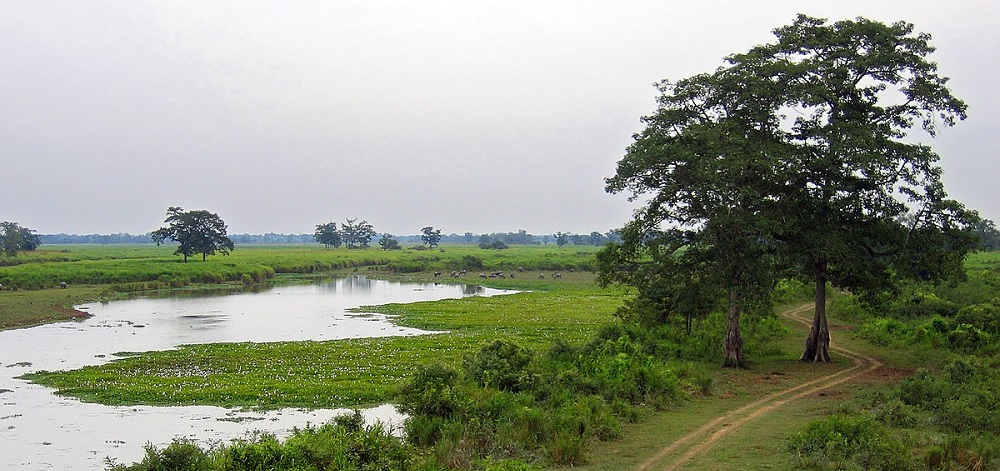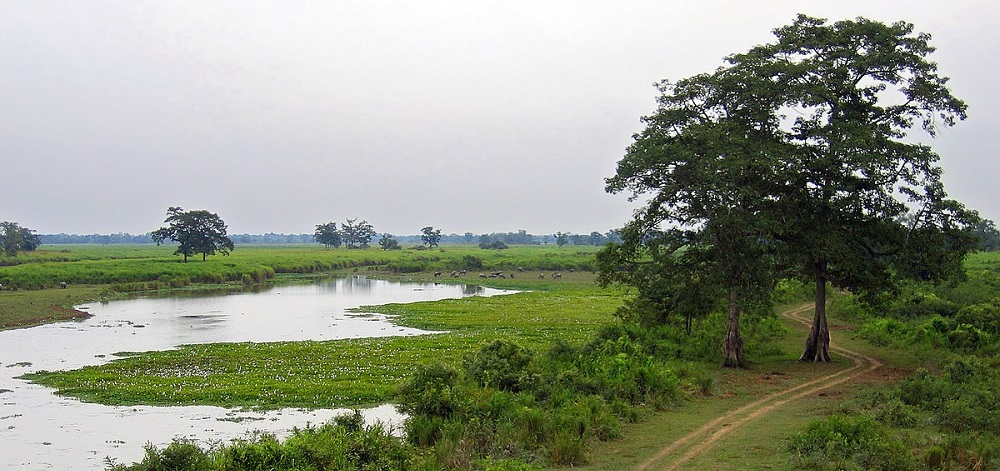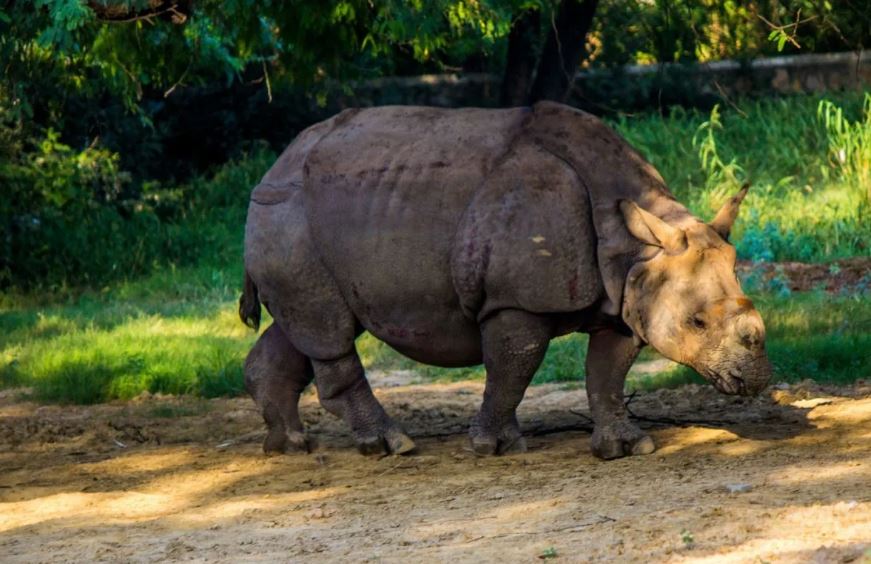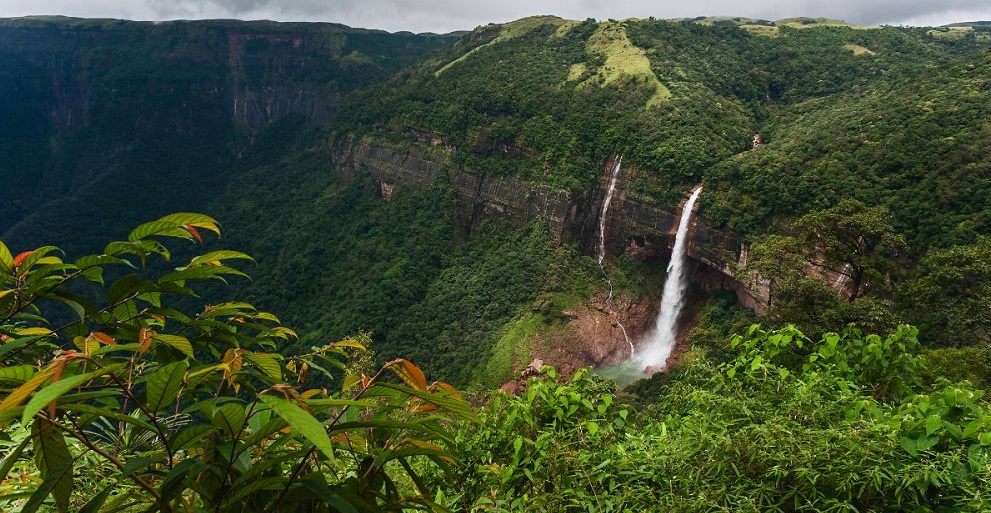
Kaziranga National Park: Word’s Largest Abode of One-Horned Rhinos
Kaziranga National Park located in the northeastern state of Assam in India, is globally renowned as the largest habitat for the endangered one-horned rhinoceros. Spanning over an area of approximately 430 square kilometers, this UNESCO World Heritage Site is a significant conservation area and a biodiversity hotspot. Kaziranga was declared a Reserve Forest in 1905 following the efforts of Mary Curzon, the wife of the Viceroy of India, Lord Curzon. It was later upgraded to a wildlife sanctuary in 1950 and declared a national park in 1974. In 1985, Kaziranga was designated a UNESCO World Heritage Site, recognizing its exceptional natural habitat for conservation of biodiversity.

Kaziranga’s diverse ecosystem includes wetlands, grasslands, and tropical moist forests, providing an ideal environment for its wide array of wildlife. Besides the one-horned rhinoceros, the park is home to significant populations of Bengal tigers, Asian elephants, wild water buffalo and swamp deer.
The one-horned rhinoceros, also known as the Indian rhinoceros, is the park’s flagship species. Kaziranga harbors over two-thirds of the world’s population of this majestic animal. These rhinos are primarily grazers, feeding on grasses, fruits, leaves and aquatic plants found in the park.
An Ideal Time to See Kaziranga National Park
Kaziranga National Park, renowned for its diverse wildlife and stunning landscapes, offers an enriching experience for visitors. However, the timing of your visit can significantly influence your overall experience. The best time to visit Kaziranga National Park is from November to April. During these months, the weather is pleasant, and the chances of spotting wildlife are higher. The park remains open and fully accessible to tourists. During the monsoon season (May to October), Kaziranga experiences heavy rainfall and flooding from the Brahmaputra River, leading to the park’s closure for safety reasons and to allow for animal movement to higher grounds. By planning your visit between November and April, you can make the most of your trip to Kaziranga National Park, enjoying optimal weather conditions and maximizing your chances of witnessing its rich wildlife.
Kaziranga National Park Tour – Key attractions
Kaziranga National Park, with its rich biodiversity and stunning landscapes, offers a variety of attractions that make it a must-visit destination for nature lovers and wildlife enthusiasts. Here are the key attractions of a tour to Kaziranga National Park:
- One-Horned Rhinoceros: Kaziranga is home to the world’s largest population of the endangered one-horned rhinoceros. These majestic creatures are often spotted grazing in the grasslands or near water bodies.
- Jeep Safari in Kaziranga: A jeep safari is one of the best ways to explore the park, covering vast areas and increasing the chances of spotting diverse wildlife. For Kaziranga Jungle Safari Tour the park is divided into four main zones – Central (Kohora), Western (Bagori), Eastern (Agoratoli) and Burapahar. Each zone offers unique landscapes and wildlife sightings.
- Elephant Safari in Kaziranga: An elephant safari provides an elevated view, making it easier to spot animals in the tall grass. These safaris are usually conducted in the early morning, offering a peaceful and close-up wildlife experience.
- Kaziranga National Orchid and Biodiversity Park: This park showcases over 500 varieties of orchids found in the region, along with a wide array of local plants, herbs and fish. The park also features traditional Assamese dances, musical performances and a small museum.
A tour of Kaziranga National Park offers a blend of wildlife adventure, cultural exploration, and natural beauty, making it a must-visit destination for nature enthusiasts and adventure seekers.


